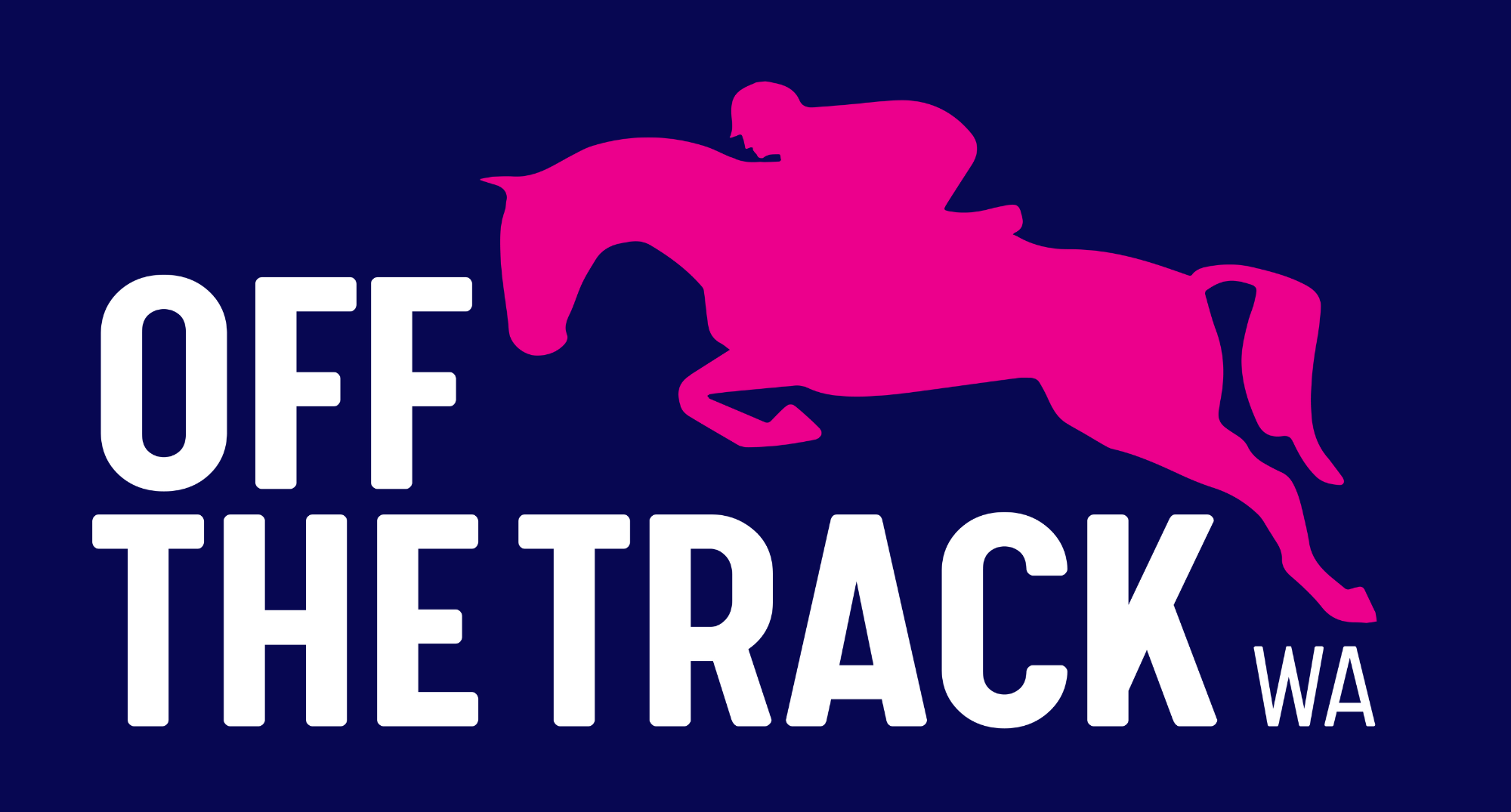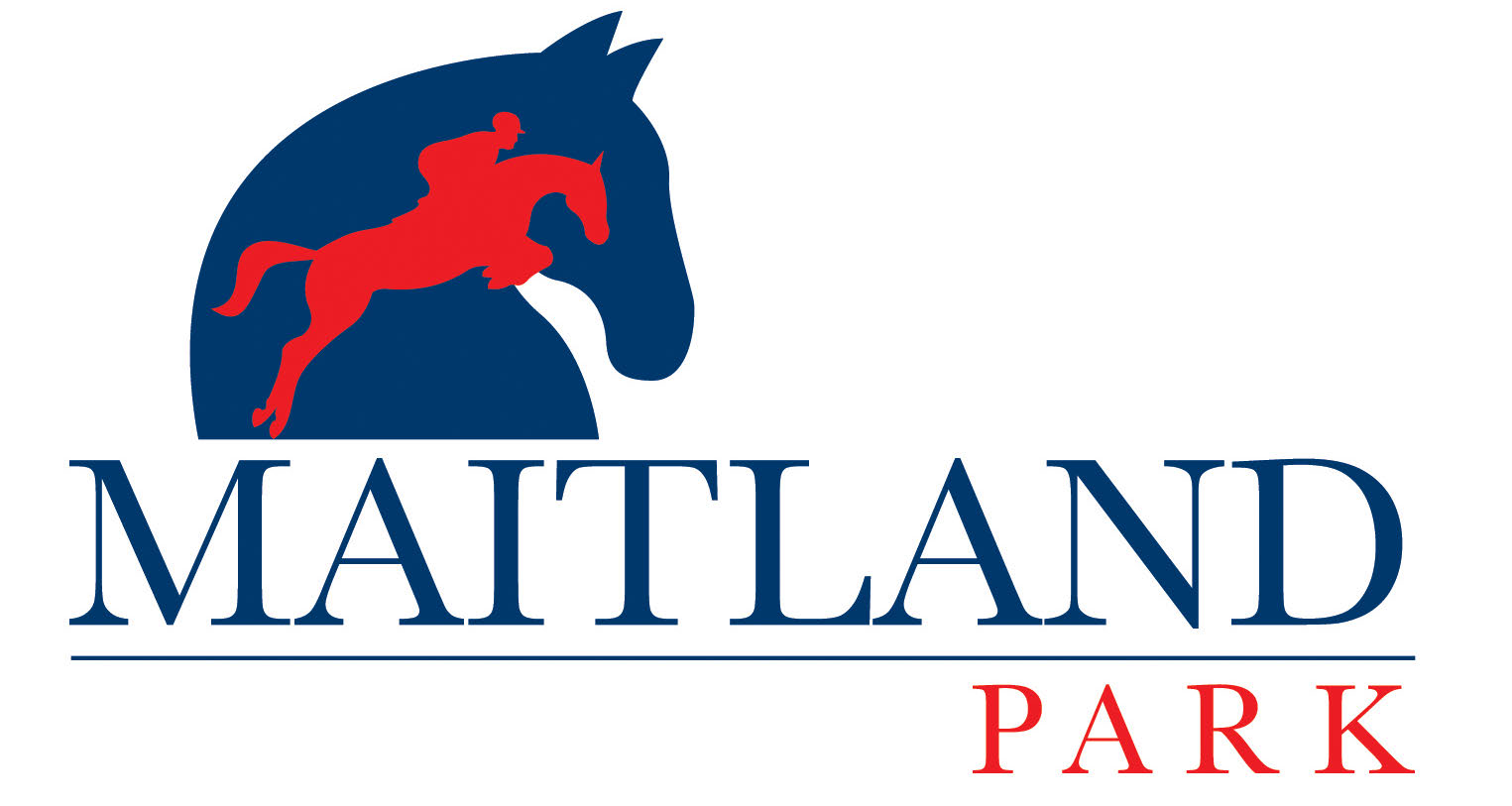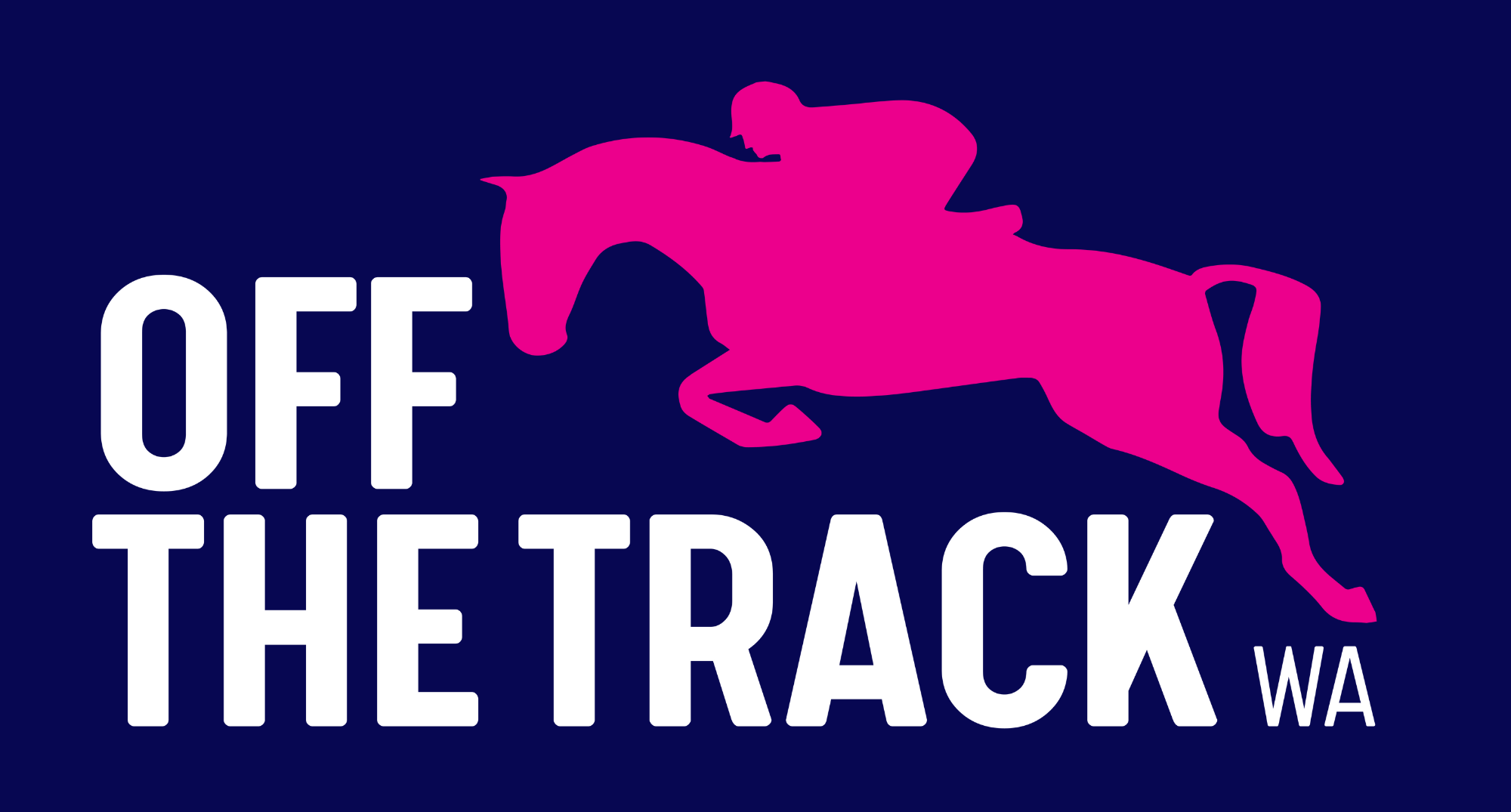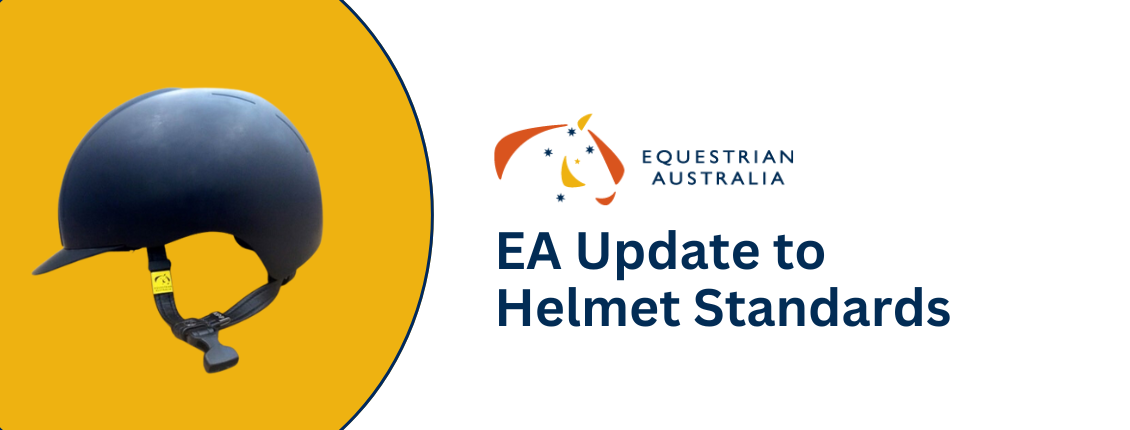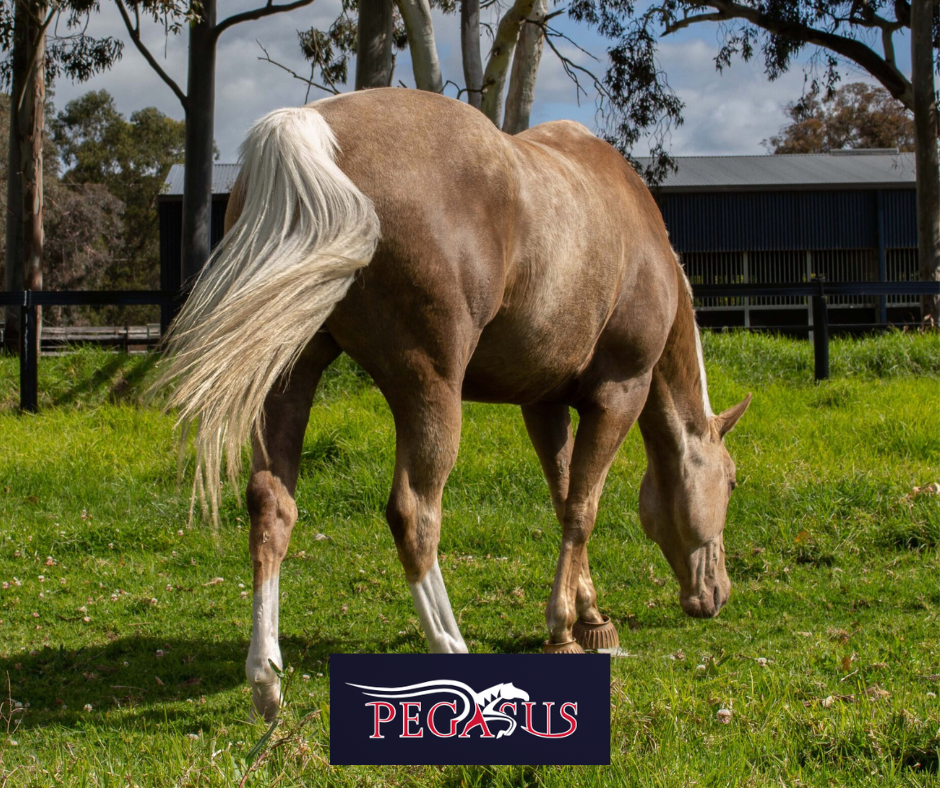
Pegasus News & Nutrition
A Closer Look at the Equine Gastrointestinal Tract
A well balanced diet is essential for performance horses and gastrointestinal health goes hand-in-hand with this. A balanced diet provides optimum nutrients, whilst a well-functioning digestive tract allows for those nutrients to be absorbed and utilised to fuel performance.
The equine gastrointestinal tract is a complex passage colonised by micro-organisms designed to facilitate digestion via the breakdown of feed particles, digesta movement, absorption of essential nutrients, synthesisation of certain vitamins and fermentation of fibre. To understand the different components of the gastrointestinal tract (GIT), let’s take a closer look:
The mouth – begins the process of digestion, with the molars grinding food particles to more appropriate size for passage down the oesophagus into the stomach. The tongue moves the food particles around the mouth for optimum grinding. Importantly, the chewing function also produces saliva, which not only moistens the food boluses, but also provides important gastric buffering. Chewing hay produces roughly twice as much saliva as chewing grain. Ensuring your horse’s teeth are in good condition, and able to grind feed particles well, is key to helping digestion start off on the right track.
The oesophagus – a one-way, muscular tube that pushes food from the mouth into the stomach. Saliva from the mouth helps to lubricate for smoother passage, whilst tiny muscle contractions gently guide the feed particles towards the stomach. Occasionally, feed particles can cause a blockage in this passage, known as choke, and therefore it is important to ensure the horse is able to grind the feed into small particles, and is not bolting down feed quickly. Horses with poor dental health or limited occlusion surfaces often benefit from having their feed soaked or softened to help make feed a more manageable particle size.
The stomach – in the horse, the stomach is relatively small compared to the rest of the gastrointestinal tract and holds approximately 7.5-15 litres of digesta. The limited stomach volume restricts the amount of feed that can be processed and, therefore, it is important to feed small meals – hence the feeding rule ‘little and often’. The stomach has a fairly quick rate of passage. Gastric enzymes and acid are secreted to prepare feed particles for digestion, and nutrient absorption, further down the tract.
Gastric ulcers, particularly squamous ulcers, are a common issue affecting the lining of the stomach, often due to acid secretion. Allowing access to regular roughage can assist, as the saliva produced during chewing provides a buffering effect in the stomach, whilst the presence of fibre (and other digesta) in the stomach provides fill for the acid to work on. This can be of benefit when ulcers occur in the squamous region of the stomach.
The small intestine – is where enzymatic digestion takes place and is the area of the GIT where starches and sugars (non-structural carbohydrates), proteins, vitamins and minerals are digested and absorbed. The rate of passage is reasonably rapid, and horses have limited amylase production (an enzyme responsible for starch breakdown). Therefore, when large grain meals are fed, excess starch may sometimes escape digestion in the small intestine and pass into the large intestine, which can cause an imbalance in the hindgut.
The large intestine – is made up of the caecum, the colon and the large colon, which are collectively referred to as the hindgut. This area of the GIT is a large fibre fermentation vat where micro-organisms convert fibre into an energy source for the horse. The delicate balance of fibro-lytic micro-organisms that populate this part of the GIT play a vital role in fermenting and digesting fibre. The rate of passage here is much slower, with fibre fermentation providing a slow-release energy source for the horse, whilst fibre in the hindgut also becomes an important store of water and electrolytes for the horse.
The micro-organisms are sensitive to changes in their environment, and imbalances in the hindgut microbiota can have a negative effect on digestive function in this area.
Therefore, it is essential to provide adequate amounts of roughage in the diet, whilst also avoiding overfeeding of grain. When excess starch escapes pre-caecal digestion and passes into the hindgut, its fermentation causes a more acidic environment, which is unfavourable for the fibre digesting bacteria. This imbalance can often result in loose manure, weight loss, irritable behaviour and low-grade colic.
The horse is a foraging herbivore and, as we can see, their digestive is system is designed accordingly – to accommodate small, regular meals, and to process large volumes of fibre over a continuous period of ingestion. Ensuring that we develop our feeding plans to match this requirement is a great management tool to help to maintain optimum digestive function.
Sources:
https://ker.com/equinews/gastrointestinal-tract-health-for-top-performance/
https://ker.com/equinews/feeding-horses-effects-meals-equine-gastrointestinal-tract/
Article by Pegasus Feeds, 27.04.2023
For further Pegasus News and Nutrition articles, click here.

